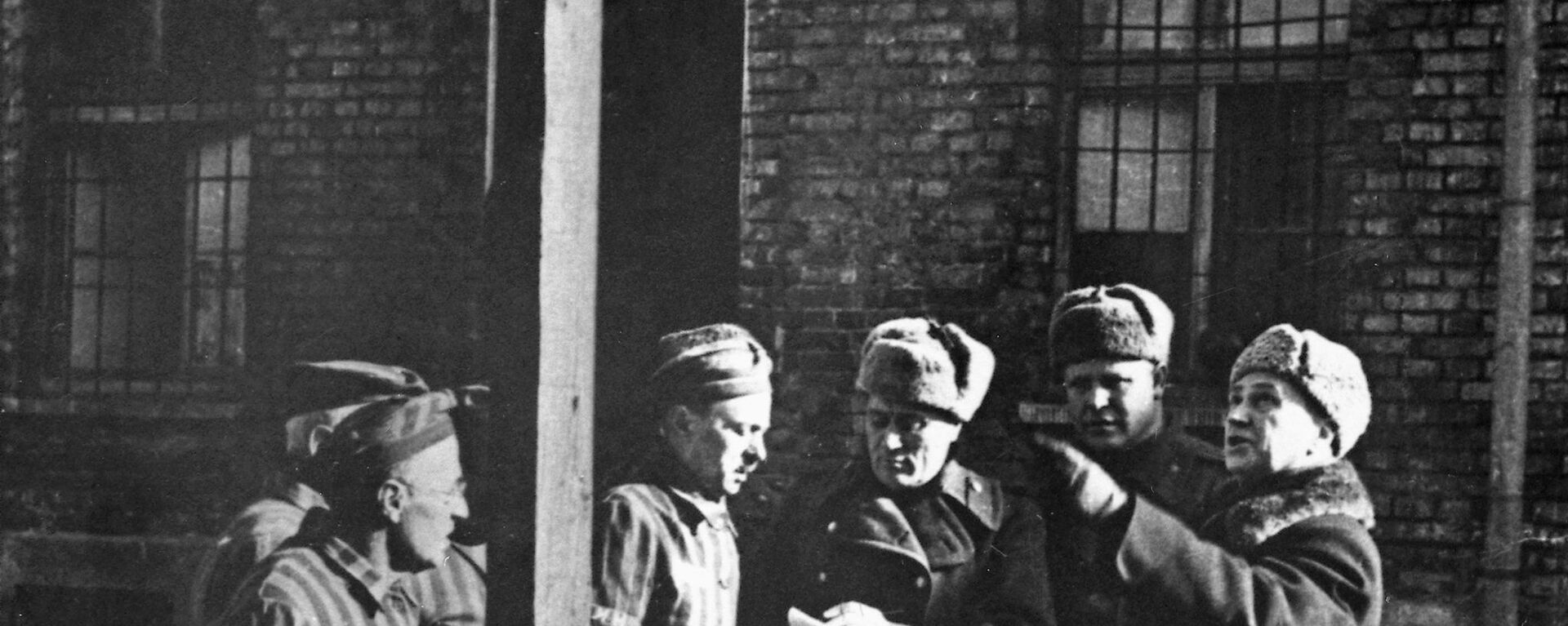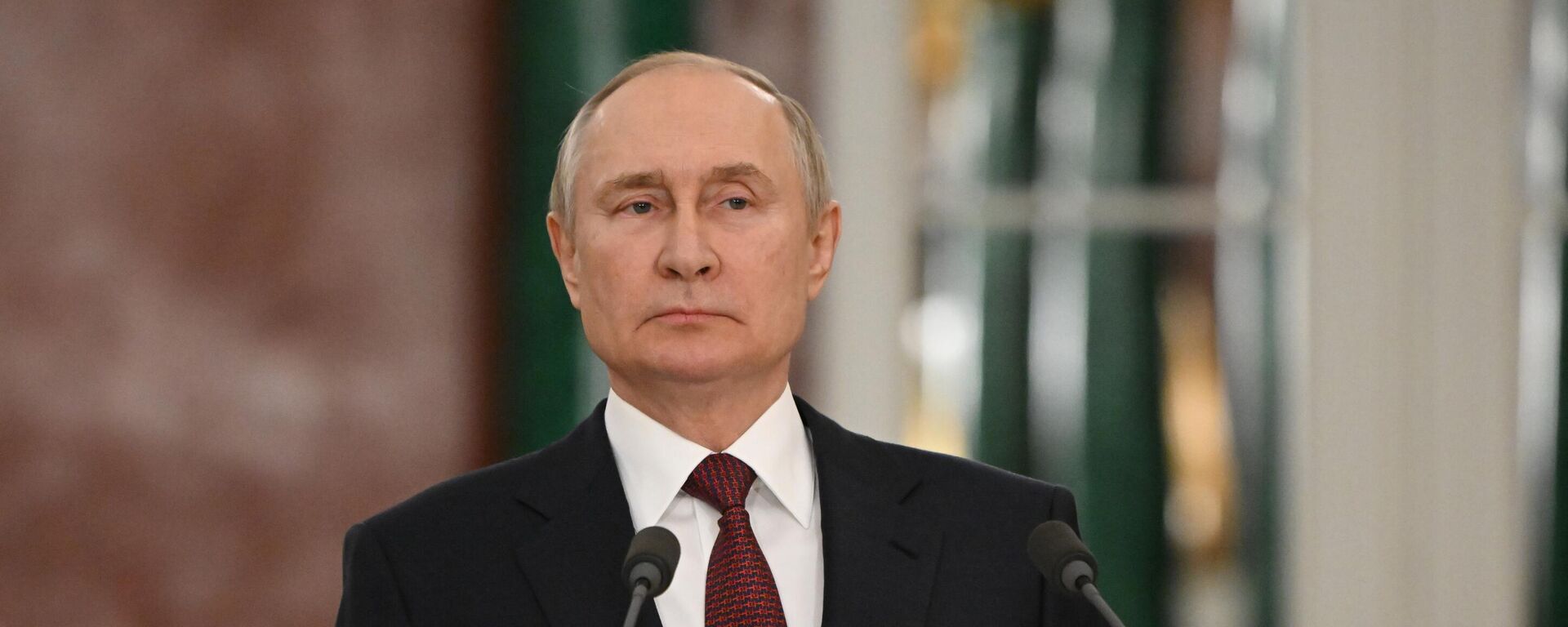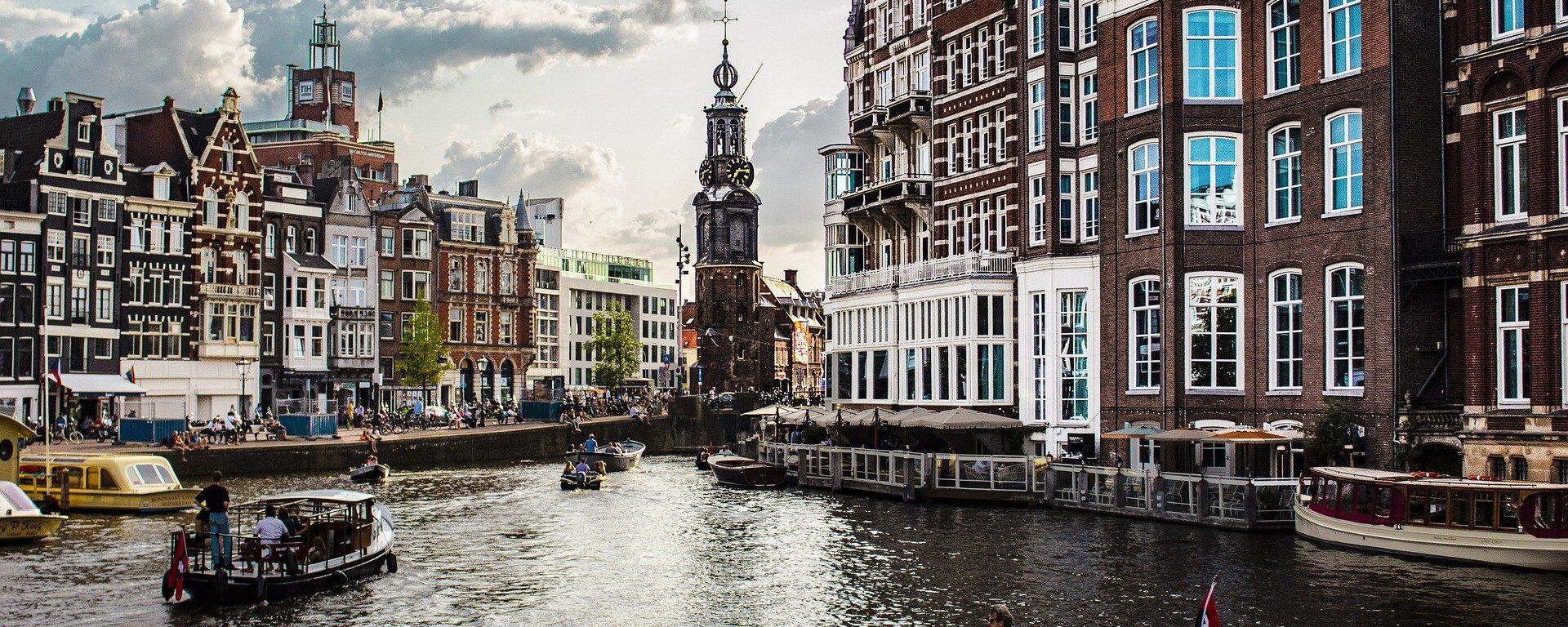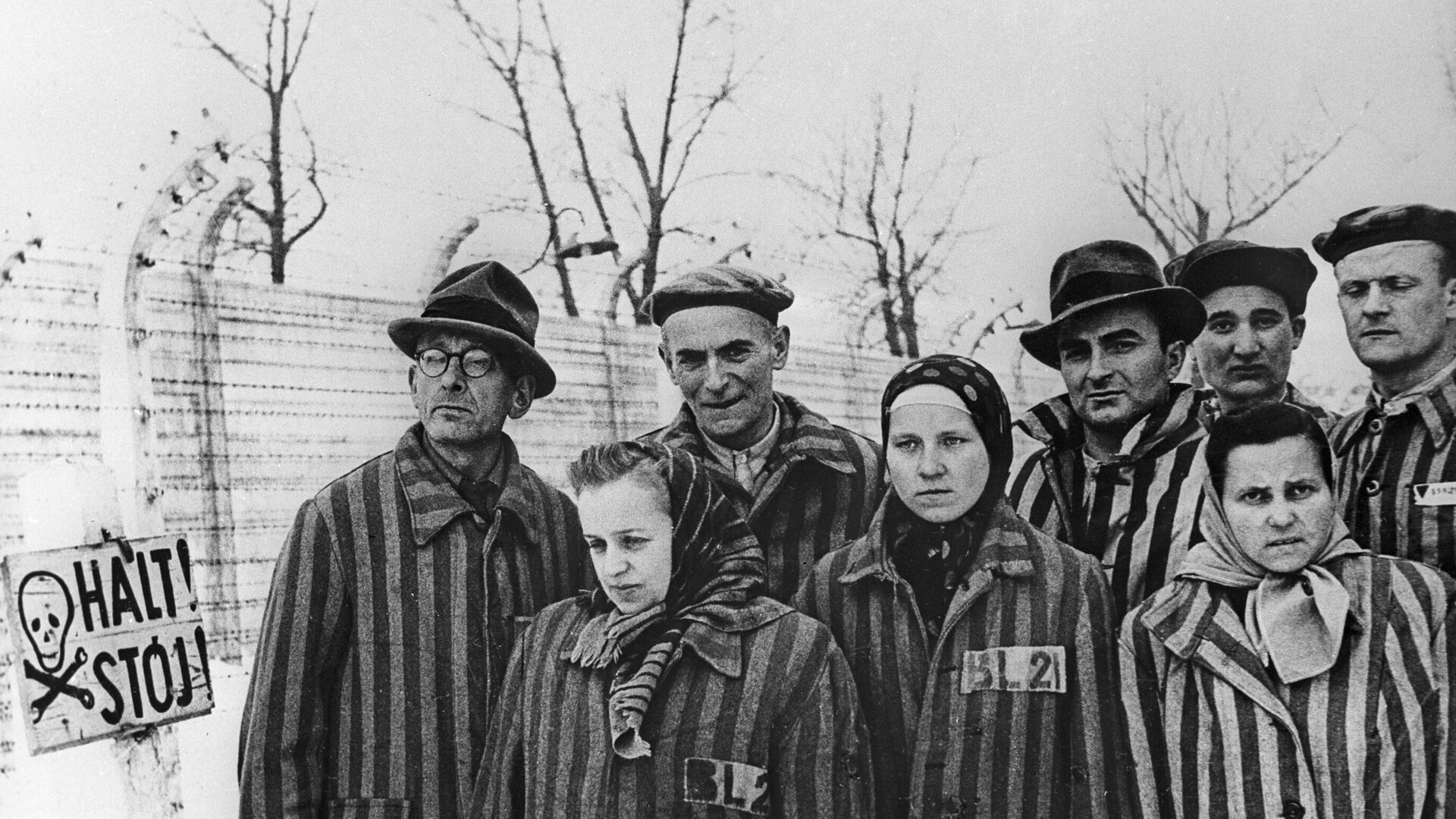https://sputnikglobe.com/20230127/never-forget-the-soviet-heroes-who-liberated-auschwitz-1106755245.html
Never Forget the Soviet Heroes Who Liberated Auschwitz
Never Forget the Soviet Heroes Who Liberated Auschwitz
Sputnik International
The SS guards abandoned the guard posts surrounding Auschwitz during the night of 20-21 January 1945.
2023-01-27T11:24+0000
2023-01-27T11:24+0000
2023-01-27T11:24+0000
analysis
auschwitz
holocaust
holocaust remembrance day
red army
soviet red army
soviet army
https://cdn1.img.sputnikglobe.com/img/07e7/01/1b/1106756309_0:186:2746:1731_1920x0_80_0_0_75fa7eddffd5b32c980bf648e4eab05d.jpg
At its height, in the summer of 1944, the Auschwitz complex, which comprised three basic camps — the main camp, Birkenau and Monowitz — and another 40 sub-camps, housed over 105,000 registered prisoners, mostly Jews, and around 30,000 unregistered Jewish inmates of so-called transit camps. By January 20, 1945, there were approximately 9,000 prisoners remaining. In the days that followed the evacuation, SS guards would patrol the camps, shooting 400 prisoners to death, and burning another 300 alive in their barracks. On January 25, the SS gathered approximately 150 prisoners from Birkenau and marched them out of the camp. The next day the SS blew up some warehouses and abandoned the facility altogether.Most of the surviving prisoners were starving, sick, and on the verge of death. The camp medical staff, assisted by the healthier prisoners, did their best to care for the bedridden patients. The camp was besieged by a howling winter storm, with temperatures well below zero and snow drifting around the camp. The survivors were afraid to move around too much — regular German troops, falling back in the face of an advancing Soviet Army, made their way through the camp, pillaging as they went, and everyone feared the return of the SS.Auschwitz had been in existence since 1940, when it was used as a concentration camp for Polish prisoners. By 1942 the camp was converted into a combination labor and extermination facility, and Jewish prisoners began to arrive in larger numbers.Historians estimate that around 1,1 million people perished in Auschwitz between 1940 and 1945, nearly a million of the Jews, the rest comprising Poles (some 75,000), Gypsies (20,000), Soviet prisoners of war (15,000), and 10,000-15,000 others from different ethnicities.The soldiers of the advancing Soviet Army, however, had no knowledge of the existence of Auschwitz — for them, the death camp was simply marked as a “barracks” on the maps they used to plan their advance. General Kurochkin’s 60th Army, fresh off the liberation of the Polish city of Krakow, some 45 kilometers to the west of the camp, began pursuing the defeated German Army out of the city on January 25. Their goal was to take Katowice, an industrial city about 25 miles to the northwest of Auschwitz.Trudging through knee-deep snow, the Soviet infantrymen of the three divisions comprising the 60th Army — the 107th, the 100th, and the 322nd — repeatedly battled German troops dug in along the way. On the morning of January 27, while the 107th division skirted around the northern edge Polish town of Oswiecim, adjacent to the Auschwitz camp, troops from the 100th divisionentered the Monowitz camp, three miles kilometers to the east of Oswiecim. Primo Levi, one of the surviving prisoners, recalled that the first Soviet soldiers who entered the camp had no idea what they had walked into. To the left of the 100th division were the troops of the 322nd division, with the 472nd infantry regiment in the lead. After crossing the Sola River, the men of the 472nd regiment reached Oswiecim, sweeping aside light resistance from the German defenders, before pushing west, toward the railway station. Here the German resistance stiffened, and the Soviets troops had to work hard to dislodge the dug in Germans. Once the Germans had been either killed or retreated, the Soviets resumed their advance, pushing scouts forward to find a way forward.One of the Soviet soldiers, Senior Lieutenant Ivan Martynushkin, recalled that his troops had just defeated the Germans in Oswiecim when, after passing through the village, they "came out onto some kind of enormous field almost completely surrounded by electrified barbed-wire fences and watchtowers." "We saw buildings beyond the barbed wire,” Martynushkin noted. “And as we got closer, we began to see there were people.”Martynushkin and his men had no idea who these people, who appeared “very thin, tired, with blackened skin,” were. Martynushkin and his men had just liberated the Birkenau camp.Anna Polshchikova, a Russian prisoner who worked at the camp medical facility, recalled her joy in seeing the Soviet soldiers — and their confusion. “They looked at us with surprise and in dismay. ‘Who are you?’ they asked. ‘What is this place?’ ‘We are Russians,’ I replied, ‘and this is Auschwitz-Birkenau concentration camp.’ ‘And what are you doing here?’ they inquired in an unfriendly manner. We were baffled and did not know what to say. We looked wretched and pathetic, so they relented and asked again, in a kinder tone. ‘And what is over there?’ they said, pointing northwards. ‘Also a concentration camp.’ ‘And beyond that?’ ‘Also a camp.’ ‘And beyond the camp?’ ‘Over there in, the forest, are the crematoria, and beyond the crematoria, we don’t know.’”The horror of the reality of what they had just discovered only then began to register in the minds of the Soviet liberators.About 7,000 emaciated prisoners were in the Auschwitz main camp, Birkenau, and Monowitz. Another 500 prisoners were discovered in the Auschwitz sub-camps in Stara Kuźnia, Blachownia Śląska, Świętochłowice, Wesoła, Libiąż, Jawiszowice, and Jaworzno. But inside the camps the Soviets found 1.2 million pieces of clothing, 7.7 tons of human hair and other personal items stripped from murdered prisoners, evidence of the horrors that had transpired there. More than 600 decaying corpses were scattered throughout the grounds, the mortal remains of those prisoners gunned down by the murderous SS guards before they abandoned the camps.But in this nightmare, the humanity of the Soviet soldier shown through. Ten-year-old Eva Mozes Kor, a survivor of Nazi Dr. Joseph Mengele’s demented medical experiments, recalled the kindness the Soviets showed to the children of the camp. Some 231 Soviet soldiers lost their lives in the fighting in and around the town of Oswiecim that occurred during the liberation of Auschwitz, including the commander of the 472nd regiment, Colonel Siemen Lvovich Besprozvanny. Their bodies are buried in the Oswiecim municipal cemetery, a permanent reminder of the sacrifice made in liberating the 7,500 survivors of the Auschwitz death camps.On January 27, 2023, the Auschwitz-Birkenau Museum will commemorate the 78th anniversary of the liberation of the Auschwitz camps by the Soviet Army. This year, however, Russia won’t be invited. “Because of the attack on free and independent Ukraine,” Pawel Sawicki, a press officer for the museum, told the media, “representatives of the Russian Federation have not been invited to participate in this year’s commemoration event of the anniversary of the liberation of Auschwitz.”This decision was attacked by Maria Zakharova, the Russian Foreign Ministry spokeswoman, who posted the following reply on her Telegram channel: “No matter how our European ‘non-partners’ contrived in their attempts to rewrite history in a new way, the memory of the Soviet heroes-liberators and horrors of Nazism cannot be erased.”Given that the Russian Army is, today, engaged in a life and death struggle inside Ukraine with the progeny of the murderous SS prison guards of Nazi Germany, the decision of the Auschwitz-Birkenau Museum to prohibit Russia from attending the liberation commemoration is deeply disturbing. One can be rest assured that the descendants of Eva Mozes Kor, Anna Polshchikova, Primo Levi, and the other roughly 7,500 survivors of the death camps whose lives were saved by the sacrifice of Colonel Besprozvanny and the other Soviet soldiers who were killed in the fighting to liberate the camps will never forget who it was who allowed their ancestors to survive that unspeakable horror.Nor should anyone who reads this article. What the Auschwitz-Birkenau Museum has done in denying the representatives of Russia their rightful role as the saviors of Auschwitz in the 78th anniversary commemoration of the Soviet liberation of Auschwitz is an abomination. But no matter how hard they might try, Pawel Sawicki and the staff of the Auschwitz-Birkenau Museum cannot make history disappear.“Never forget” are words that have meaning. It is a shame that this mantra no longer resonates with the Auschwitz-Birkenau Museum.
https://sputnikglobe.com/20230127/deliverance-from-evil-78-years-since-soviet-troops-liberated-auschwitz-1106748579.html
https://sputnikglobe.com/20230126/putin-on-eve-of-holocaust-remembrance-day-nazi-crimes-should-never-be-forgotten-1106732170.html
https://sputnikglobe.com/20230127/russian-diplomats-banned-from-holocaust-remembrance-ceremony-in-amsterdam-embassy-says-1106753056.html
auschwitz
Sputnik International
feedback@sputniknews.com
+74956456601
MIA „Rossiya Segodnya“
2023
Scott Ritter
https://cdn1.img.sputnikglobe.com/img/07e6/0c/17/1105733958_0:0:334:334_100x100_80_0_0_b457e4e9c850ef224b0cc79059bb38df.jpg
Scott Ritter
https://cdn1.img.sputnikglobe.com/img/07e6/0c/17/1105733958_0:0:334:334_100x100_80_0_0_b457e4e9c850ef224b0cc79059bb38df.jpg
News
en_EN
Sputnik International
feedback@sputniknews.com
+74956456601
MIA „Rossiya Segodnya“
Sputnik International
feedback@sputniknews.com
+74956456601
MIA „Rossiya Segodnya“
Scott Ritter
https://cdn1.img.sputnikglobe.com/img/07e6/0c/17/1105733958_0:0:334:334_100x100_80_0_0_b457e4e9c850ef224b0cc79059bb38df.jpg
soviet heroes who liberated auschwitz, auschwitz liberation, death camp, auschwitz death camp, soviet army liberated auschwitz, holocaust remembrance day
soviet heroes who liberated auschwitz, auschwitz liberation, death camp, auschwitz death camp, soviet army liberated auschwitz, holocaust remembrance day
At its height, in the summer of 1944,
the Auschwitz complex, which comprised three basic camps — the main camp, Birkenau and Monowitz — and another 40 sub-camps, housed over 105,000 registered prisoners, mostly Jews, and around 30,000 unregistered Jewish inmates of so-called transit camps.
By January 20, 1945, there were approximately 9,000 prisoners remaining. In the days that followed the evacuation, SS guards would patrol the camps, shooting 400 prisoners to death, and burning another 300 alive in their barracks. On January 25, the SS gathered approximately 150 prisoners from Birkenau and marched them out of the camp. The next day the SS blew up some warehouses and abandoned the facility altogether.
Most of the surviving prisoners were starving, sick, and on the verge of death. The camp medical staff, assisted by the healthier prisoners, did their best to care for the bedridden patients. The camp was besieged by a howling winter storm, with temperatures well below zero and snow drifting around the camp. The survivors were afraid to move around too much — regular German troops, falling back in the face of
an advancing Soviet Army, made their way through the camp, pillaging as they went, and everyone feared the return of the SS.
Auschwitz had been in existence since 1940, when it was used as a concentration camp for Polish prisoners. By 1942 the camp was converted into a combination labor and extermination facility, and Jewish prisoners began to arrive in larger numbers.Historians estimate that around 1,1 million people perished in Auschwitz between 1940 and 1945, nearly a million of the Jews, the rest comprising Poles (some 75,000), Gypsies (20,000), Soviet prisoners of war (15,000), and 10,000-15,000 others from different ethnicities.

27 January 2023, 07:48 GMT
The soldiers of the advancing Soviet Army, however, had no knowledge of the existence of Auschwitz — for them, the death camp was simply marked as a “barracks” on the maps they used to plan their advance. General Kurochkin’s 60th Army, fresh off the liberation of the Polish city of Krakow, some 45 kilometers to the west of the camp, began pursuing the defeated German Army out of the city on January 25. Their goal was to take Katowice, an industrial city about 25 miles to the northwest of Auschwitz.
Trudging through knee-deep snow, the Soviet infantrymen of the three divisions comprising the 60th Army — the 107th, the 100th, and the 322nd — repeatedly battled German troops dug in along the way. On the morning of January 27, while the 107th division skirted around the northern edge Polish town of Oswiecim, adjacent to the Auschwitz camp, troops from the 100th divisionentered the Monowitz camp, three miles kilometers to the east of Oswiecim. Primo Levi, one of the surviving prisoners, recalled that the first Soviet soldiers who entered the camp had no idea what they had walked into.
“They did not greet us, nor did they smile,” Levi recalled. “They seemed oppressed not only by compassion but by a confused restraint, which sealed their lips and bound their eyes to the funeral scene.”
To the left of the 100th division were the troops of the 322nd division, with the 472nd infantry regiment in the lead. After crossing the Sola River, the men of the 472nd regiment reached Oswiecim, sweeping aside light resistance from the German defenders, before pushing west, toward the railway station. Here the German resistance stiffened, and the Soviets troops had to work hard to dislodge the dug in Germans. Once the Germans had been either killed or retreated, the Soviets resumed their advance, pushing scouts forward to find a way forward.
One of the Soviet soldiers, Senior Lieutenant Ivan Martynushkin,
recalled that his troops had just defeated the Germans in Oswiecim when, after passing through the village, they "came out onto some kind of enormous field almost completely surrounded by electrified barbed-wire fences and watchtowers."
"We saw buildings beyond the barbed wire,” Martynushkin noted. “And as we got closer, we began to see there were people.”
Martynushkin and his men had no idea who these people, who appeared “very thin, tired, with blackened skin,” were.
“At first there was wariness, on both our part and theirs,” he recalled. “But then they apparently figured out who we were and began to welcome us, to signal that they knew who we were and that we shouldn’t be afraid of them — that there were no guards or Germans behind the barbed wire. Only prisoners.”
Martynushkin and his men had just liberated the Birkenau camp.
Anna Polshchikova, a Russian prisoner who worked at the camp medical facility,
recalled her joy in seeing the Soviet soldiers — and their confusion. “They looked at us with surprise and in dismay. ‘Who are you?’ they asked. ‘What is this place?’ ‘We are Russians,’ I replied, ‘and this is Auschwitz-Birkenau concentration camp.’ ‘And what are you doing here?’ they inquired in an unfriendly manner. We were baffled and did not know what to say. We looked wretched and pathetic, so they relented and asked again, in a kinder tone. ‘And what is over there?’ they said, pointing northwards. ‘Also a concentration camp.’ ‘And beyond that?’ ‘Also a camp.’ ‘And beyond the camp?’ ‘Over there in, the forest, are the crematoria, and beyond the crematoria, we don’t know.’”
The horror of the reality of what they had just discovered only then began to register in the minds of the Soviet liberators.
About 7,000 emaciated prisoners were in the Auschwitz main camp, Birkenau, and Monowitz. Another 500 prisoners were discovered in the Auschwitz sub-camps in Stara Kuźnia, Blachownia Śląska, Świętochłowice, Wesoła, Libiąż, Jawiszowice, and Jaworzno. But inside the camps the Soviets found 1.2 million pieces of clothing, 7.7 tons of human hair and other personal items stripped from murdered prisoners, evidence of the horrors that had transpired there. More than 600 decaying corpses were scattered throughout the grounds, the mortal remains of those prisoners gunned down by the murderous SS guards before they abandoned the camps.

26 January 2023, 14:47 GMT
But in this nightmare, the humanity of the Soviet soldier shown through. Ten-year-old Eva Mozes Kor, a survivor of Nazi Dr. Joseph Mengele’s demented medical experiments,
recalled the kindness the Soviets showed to the children of the camp.
“They gave us hugs, cookies, and chocolate,” she said. “Being so alone a hug meant more than anybody could imagine because that replaced the human worth that we were starving for. We were not only starved for food, but we were starved for human kindness. And the Soviet Army did provide some of that.”
Some 231 Soviet soldiers lost their lives in the fighting in and around the town of Oswiecim that occurred during the liberation of Auschwitz, including the commander of the 472nd regiment, Colonel Siemen Lvovich Besprozvanny. Their bodies are buried in the Oswiecim municipal cemetery, a permanent reminder of the sacrifice made in liberating the 7,500 survivors of the Auschwitz death camps.
On January 27, 2023, the Auschwitz-Birkenau Museum will commemorate the 78th anniversary of the liberation of the Auschwitz camps by the Soviet Army. This year, however, Russia won’t be invited. “Because of the attack on free and independent Ukraine,” Pawel Sawicki, a press officer for the museum,
told the media, “representatives of the Russian Federation have not been invited to participate in this year’s commemoration event of the anniversary of the liberation of Auschwitz.”
This decision was attacked by Maria Zakharova, the Russian Foreign Ministry spokeswoman, who
posted the following reply on her Telegram channel:
“No matter how our European ‘non-partners’ contrived in their attempts to rewrite history in a new way, the memory of the Soviet heroes-liberators and horrors of Nazism cannot be erased.”
27 January 2023, 09:23 GMT
Given that the Russian Army is, today, engaged in a life and death struggle inside Ukraine with the progeny of the murderous SS prison guards of Nazi Germany, the decision of the Auschwitz-Birkenau Museum to prohibit Russia from attending the liberation commemoration is deeply disturbing. One can be rest assured that the descendants of Eva Mozes Kor, Anna Polshchikova, Primo Levi, and the other roughly 7,500 survivors of the death camps whose lives were saved by the sacrifice of Colonel Besprozvanny and the other Soviet soldiers who were killed in the fighting to liberate the camps will never forget who it was who allowed their ancestors to survive that unspeakable horror.
Nor should anyone who reads this article. What the Auschwitz-Birkenau Museum has done in denying the representatives of Russia their rightful role as the saviors of Auschwitz in the 78th anniversary commemoration of the Soviet liberation of Auschwitz is an abomination. But no matter how hard they might try, Pawel Sawicki and the staff of the Auschwitz-Birkenau Museum cannot make history disappear.
“Never forget” are words that have meaning. It is a shame that this mantra no longer resonates with the Auschwitz-Birkenau Museum.






